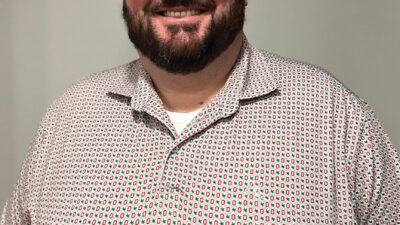Ratings and certifications help validate high-quality LED lighting products.

Learning Objectives:
- Know the risks of cheap/poorly designed LED lights.
- Identify the factors to consider when investing in LED lighting solutions.
- Understand the differences in LED light quality.
The market is flooded with LED lighting solutions, and design engineers face an array of choices ranging from low-cost, bargain basement products to high-end, investment solutions. While it may be natural to gravitate to low-cost products, these LED lighting products often sacrifice energy efficiency, lifespan, and light quality.
Inexpensive LED lights with poor design and inferior manufacturing considerably reduce the benefits of LED solutions. Manufacturers choosing the cheapest option are at risk for experiencing:
- High failure rates
- Short lifespan
- Dim, inconsistent light and odd light colors
- Little to no energy savings over fluorescent lights
- Overheated fixtures
- Electromagnetic interference with surrounding equipment.
So, what should you consider when investing in LED lighting solutions? Ratings and certifications help validate high-quality products.
A couple of easy considerations to check off the list include ingress protection (IP) ratings and safety certifications. An LED light that has a published IP rating has been tested against dust and water ingress, passing specific test protocols. If you are specifying the light into in a particularly dusty environment or know your light is going to come in contact with water or chemicals, an appropriate IP rating is a must-have for achieving optimum life expectancy.
Products with safety certifications, like the UL or CE Marking, were designed to comply with rigorous standards-and the manufacturer met those standards during production. Safety certifications are a good indicator of a high-quality product that has been tested and validated prior to making it into the hands of manufacturers.
Electrical design plays a critical role in lifespan-or failure rate. Diodes, power supply, and electrical components are a major factor in LED performance and lifespan. Electrical designs that incorporate high-quality LED diodes offer more protection against current limitations and provide better light output-enhancing lifespan. In addition, undersized electrical components can lead to a variety of problems including flicker, low efficacy, overheating, and current instability. Investing in an LED solution that has a more expensive electrical design may cost the building owner upfront, but is critical to ensuring the lengthy lifespan promised by LED manufacturers.
Mechanical design is integral to preventing degradation and safety issues. The housing of the LED light is used to manage the heat produced by the LED diode. Materials that effectively remove heat from the LED source are more expensive than materials that don’t. Cheap LED lights often don’t take this into consideration and, as a result, experience failures, lifetime degradation, and safety issues.
Light quality is represented by brightness, color output, and coverage. Inexpensive lighting options may use the cheapest LED diodes available, resulting in dim products with poor energy efficiency. Lower-quality products also vary in light color and are at risk for poor color rendering. Prior to purchasing, compare the LED to local lighting—can you see a noticeable difference? Direct the LED light toward objects of different colors (i.e., dark blue versus black). Can slight color differences be differentiated under the light? Does it accurately reflect the true color of the target? These are simple tests to ensure the quality of an LED.
Sacrificing light quality, energy efficiency, and lifespan for cost reduces your return on investment and impacts production and performance in the work area—costing users much more than their initial lighting investment. Arm yourself with the above information to recognize differences in product quality and make the best purchasing decision.
For more information, check out the Illumination Engineering Society’s handbook, which highlights several important articles on lighting technology.
Kathy Erickson is a technical marketing manager at Banner Engineering. Erickson holds a bachelor’s in material science and engineering, and has nearly 15 years of experience as an applications engineer and product development manager. For the past 8 years, her focus has been on researching and developing LED lighting solutions.



